Philips OLED 807 review: trip the Ambilight fantastic
Philips' sensibly-priced OLED TV is a sound and picture wonder in so many ways

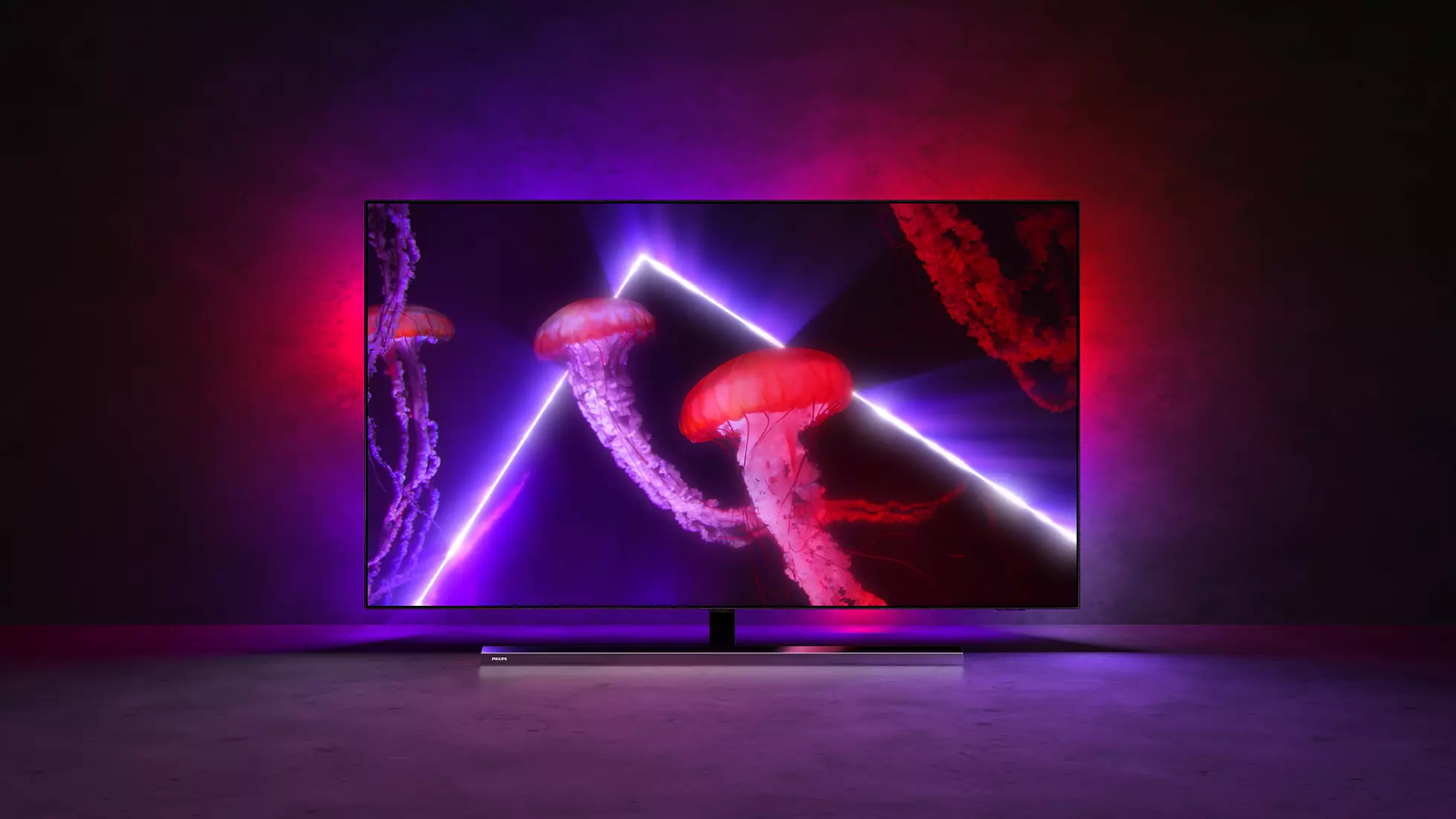
It’s hard to see what more anyone could want from the Philips OLED807. It’s one of 2022's best-looking TVs, especially with Ambilight strutting its stuff. Its picture quality improves substantially over that of its predecessor, and comfortably holds its own against other similarly pitched OLED TVs. Its sound quality is arguably the best in its class too and, perhaps best of all in these financially challenging times, it’s seriously affordable for something that offers so much quality.
-
+
Gorgeously punchy and dynamic picture quality
-
+
Powerful and involving sound quality
-
+
Beautifully slim and premium design
-
+
Good gaming support
-
-
Setup menus are scarily extensive
-
-
Pictures can look processed out of the box
-
-
Android TV isn’t the most user-friendly smart system
-
-
Ambient modes are a problem in dark rooms
Why you can trust T3
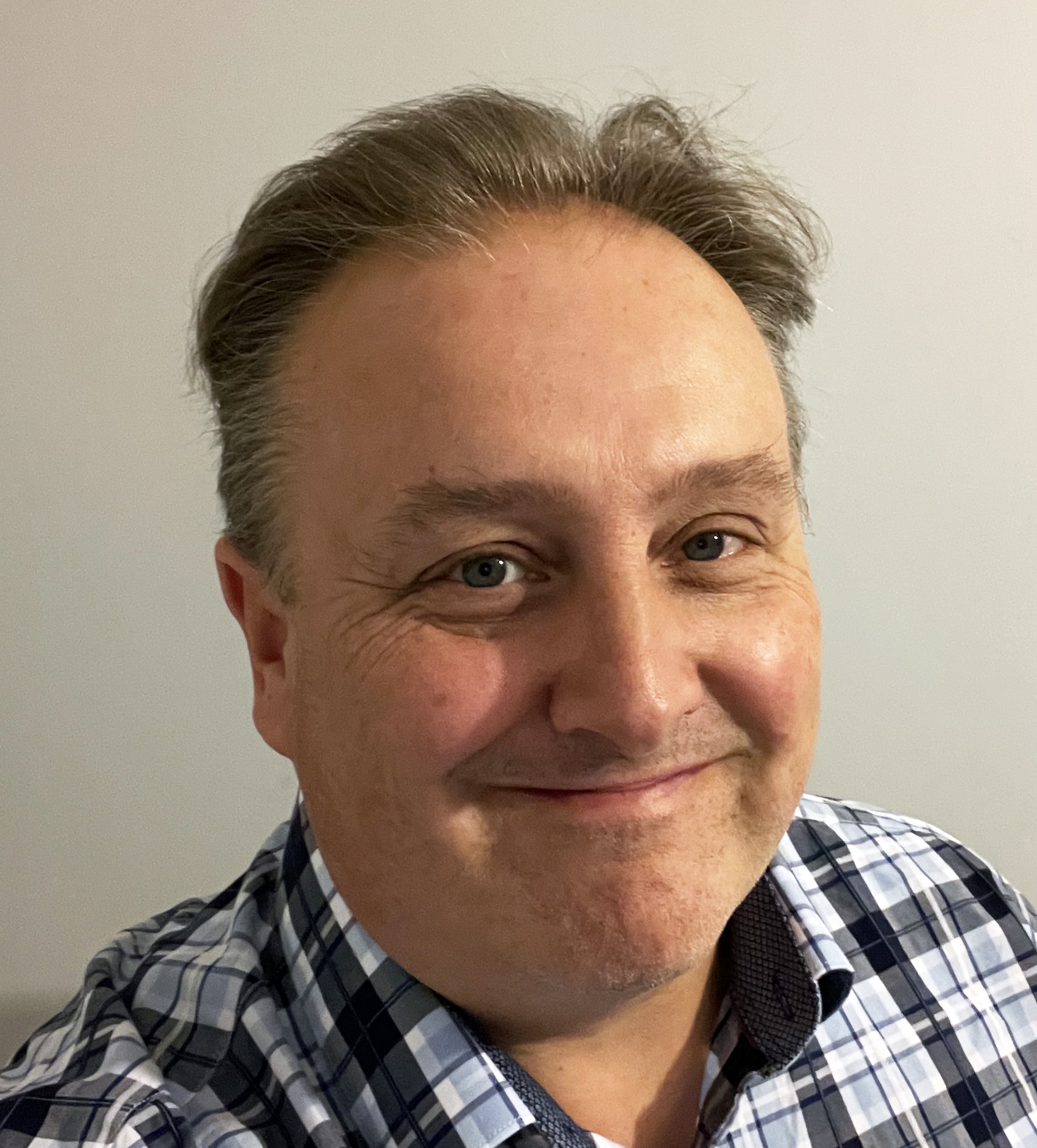
Philips has been on a hot streak with its best OLED TVs for years now, with its 8 Series models in particular winning the hearts and minds of reviewers and consumers alike thanks to the stellar combination of great design, excellent picture quality and cracking value.
With this in mind, it’s fair to say we’re pretty excited by the arrival of Philips’ 2022 arrival in this series: the OLED807. Especially as this comes packing potentially substantial improvements over its already illustrious predecessor (the OLED806) - not least the introduction of some brand new OLED hardware to go with an upgraded iteration of Philips’ dependable if complicated P5 processing engine.
So here we go: this Philips OLED 807 review will analyse all its pros and cons and answer the question as to whether this is the best sensibly priced OLED TV of 2022 or, indeed, one of the best TVs money can buy today...
Philips OLED 807 review: Price & Availability
The 55-inch Philips OLED807 is currently widely available for £1,299, with its 48-inch sibling going for £1,199, its 65-inch bigger brother going for £1,899, and its who's-your-daddy XL 77-inch version going for £3,499. Apart, perhaps, from the 48-inch model, these prices all look impressively aggressive for TVs which, as we’ll see, are packed to bursting point with cutting-edge features and technologies.
To put some perspective on the 55OLED807’s cost: LG's OLED55C2 costs the same, Sony’s 55A80K costs slightly more, while Panasonic’s 55LZ2000 costs yet more again, given its integrated soundsystem. While these rivals each boast strengths of their own, none share the 55OLED807’s proprietary picture processor and unique Ambilight technologies.
Note that the 55OLED807 is not available in the US (where a different TV manufacturer owns the rights to the Philips brand) or Australia. It's UK-only, baby!
Philips OLED 807 review: Features & What's New?
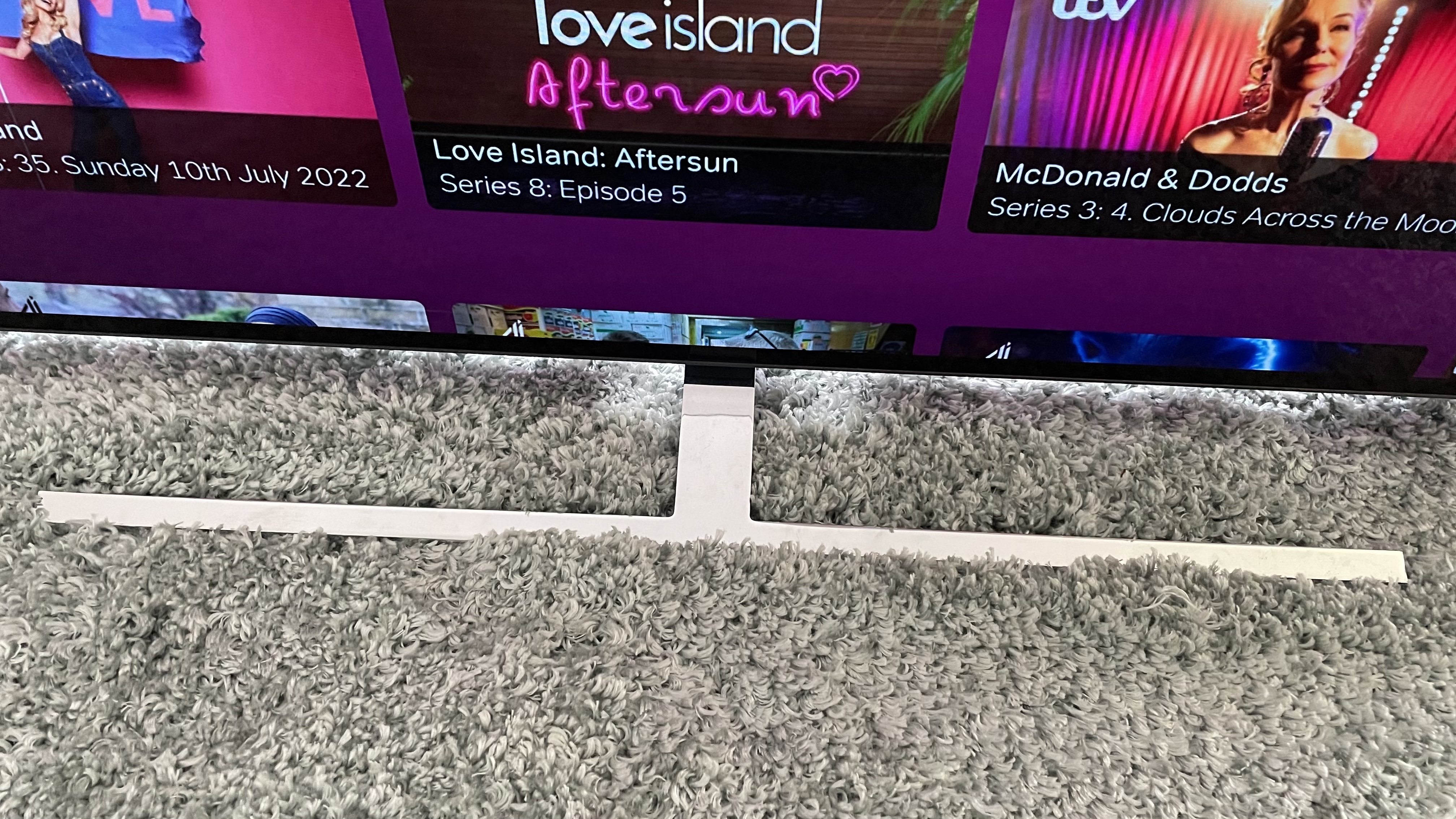
For many AV fans, the simple fact that the OLED807 is an OLED TV will be an immediate attraction. After all, the way each pixel in an OLED screen can make its own light, rather than having to share an external light with its neighbours as happens with LCD TVs, delivers peerless local contrast perfectly suited to a well-mastered movie.
With the OLED807, though, the innate attraction of OLED technology is taken up a gear by its shift to new so-called EX OLED panels. By switching to deuterium in the EX panels’ organic light-emitting diodes, OLED display manufacturer LG Display claims to achieve 30 per cent more brightness than is possible with conventional OLED displays. Or around 10 per cent more brightness than was possible with the so-called Evo panels introduced in 2021.
While this still won’t get OLED close to the sort of peak brightness levels possible with high-end LCD TVs, even an extra 10 per cent has the potential to have an impact beyond its mere numerical value when you’re talking about OLED’s pixel-level light control, where an image’s brightest point can sit right alongside its darkest point without either one compromising the other.
While Philips is the only brand that we know of that’s openly marketing its shift to EX panels, it’s not the only one. In fact, all of its main rivals have EX panels tucked away in parts of their latest ranges, too. It’s important that Philips has ‘kept up’ with the Joneses on this key hardware innovation, though, even on its relatively affordable 807 series. Plus experience shows that Philips’ image processing is unusually adept at getting the maximum impact out of the brightest highlights of high dynamic range (HDR) images, so that brightness boost could go even further on the OLED807 than it does with rival EX OLED TVs.
The OLED807 processing we keep mentioning is the new, sixth-generation of Philips' P5 engine - so called because of its focus on what Philips sees as the five most important pillars of picture quality: source detection/recognition, contrast, sharpness, colour, motion. The P5 engine applies multiple processing tools to each of these five pillars in a carefully worked-through order to deliver the optimum picture quality for whatever source content you’re watching.
New additions to the P5 engine include an AI-based content classification feature that partners with a new Auto Film mode to deliver a better picture with detected movie sources, as well as an Ambient Intelligence feature that tweaks multiple picture facets to compensate for changes in the light conditions in your room. This is claimed to be more in-depth and sophisticated than the relatively simple ambient light compensation tools carried by most other TVs.
The OLED807 also goes further than most rivals to make sure it can take in the best version of any source you care to throw at it by supporting of all of today’s main four HDR formats: HDR10, HLG, HDR10+ and Dolby Vision. While any HDR TV worth its salt now handles HDR10 and HLG, surprisingly few also support the premium HDR10+ and Dolby Vision formats, with their additional scene-by-scene picture data. Usually it’s just one of these premium formats or the other, if either. Philips delivers major credit for putting the consumer first in this way.
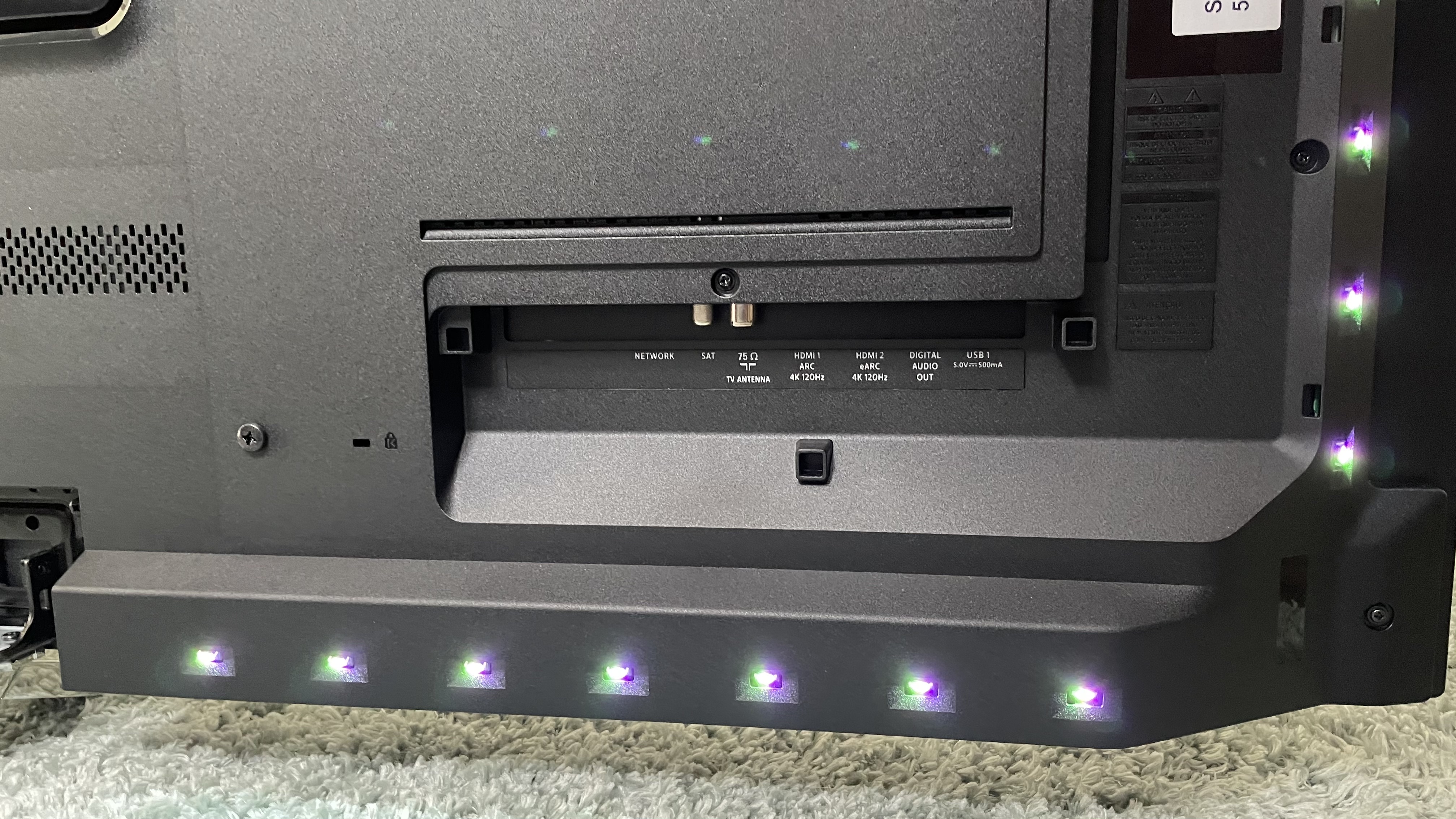
Philips now embraces gamers with enthusiasm too. The OLED807 can handle the latest gaming features of variable refresh rates (VRR), auto low latency mode (ALLM) switching, and 4K/120Hz feeds on two of its four HDMIs, as well as Dolby Vision gaming up to 60Hz. You do have to make sure you’ve got the right game-friendly mode selected for the HDMI you’re using for gaming, and you also have to make sure you’ve switched the TV into its PC mode rather than its Game mode if you want to enjoy 4K/120Hz gaming at full resolution. But these complications don’t take long to sort out so long as you’re aware of them.
Having once viewed external arbiters of picture quality with suspicion, Philips now seems prepared to embrace as many third-party interests as it can. So as well as the officially approved Dolby Vision and HDR10+ codec support already mentioned, the OLED807 carries the UHD Alliance’s accuracy-focused Filmmaker Mode, as well as an IMAX Enhanced mode.
The Dolby connection extends, too, to Dolby Atmos audio playback from its 2.1 speaker system. Although for pronounced immersive sound, you might still want to invest in one of the best soundbar systems.
Smart features, finally, are provided by Android TV. It seems a little strange Philips hasn’t yet migrated to Google TV given the latter’s enhanced appearance and slightly more friendly interface, but to be fair the brand does appear to have mastered Android TV now, delivering one of the most stable and speedy implementations of it that we’ve seen.
While Android TV now provides most of the key streaming and broadcaster catch-up apps most users will need, it’s nice to see Philips backing Android with Freeview Play, which brings the catch-up apps for the UK’s main terrestrial broadcasters together under one easy-to-navigate-and-explore ‘roof’.
Philips OLED+807 review: Picture Quality
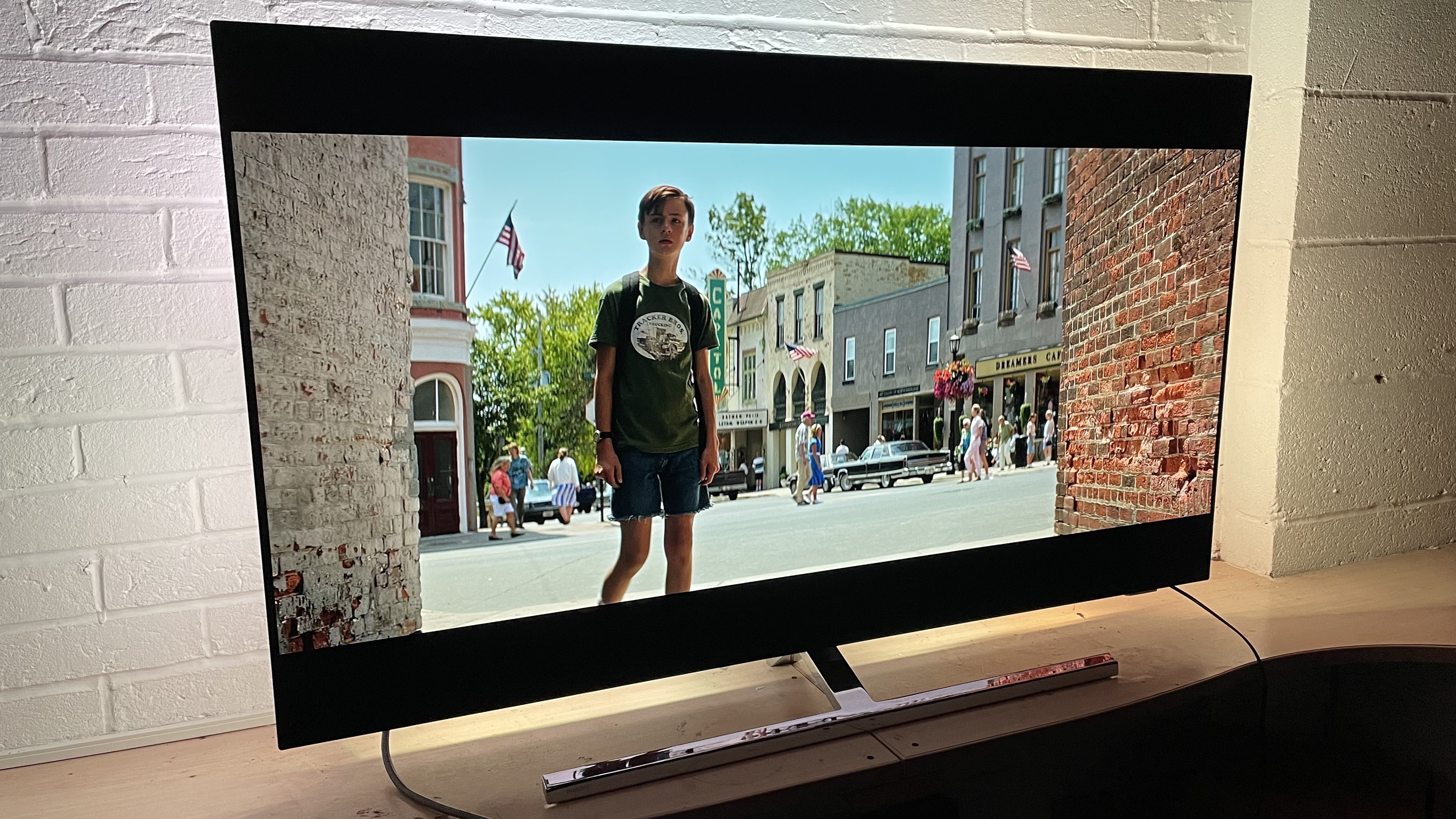
The Philips OLED807 not only improves markedly on the already good picture quality of its predecessor, but also features presets that are much more effective right out of the box, making it much easier to use. Though that doesn’t mean you won’t still have to spend at least a little time delving into its intimidatingly huge setup menus.
The biggest improvement over the previous OLED806 comes with the OLED807’s contrast. The bright parts of mostly dark HDR scenes enjoy a fantastic extra hit of intensity without this having any negative or compromising impact at all on black levels, which look every bit as inky and pure as we’ve come to expect from OLED TVs. Especially Philips OLED TVs.
So punchy is this extra localised intensity that we’d almost say you haven’t seen a starfield or fairground at night until you’ve seen it in HDR on an OLED807. This serves as a perfect reminder, too, of the fact that true HDR is as much about the depths of the dark end of the light spectrum as it is about extended brightness.
The EX-inspired extra brightness also helps the OLED807 be less prone in its out-of-the-box state to losing subtle details in very dark scenes/areas.
Other OLED TVs we’ve seen in 2022 have also been able to make the extra brightness EX panels can achieve count, but there is something about the Philips P5 processor that seems able to push small brightness peaks that bit harder - almost as if it’s somehow able to briefly overdrive a few pixels for a brief moment or two.
That said, Philips additionally manages to make the EX panel count impressively well with full-screen bright HDR images, which are delivered with a noticeable brightness lift over the OLED806 models. At the same, Philips manages to maintain a proper sense of HDR ‘peaking’ in full-screen bright shots where there happens to be a particularly bright highlight, such as a glimmer of sunshine on a car windshield.
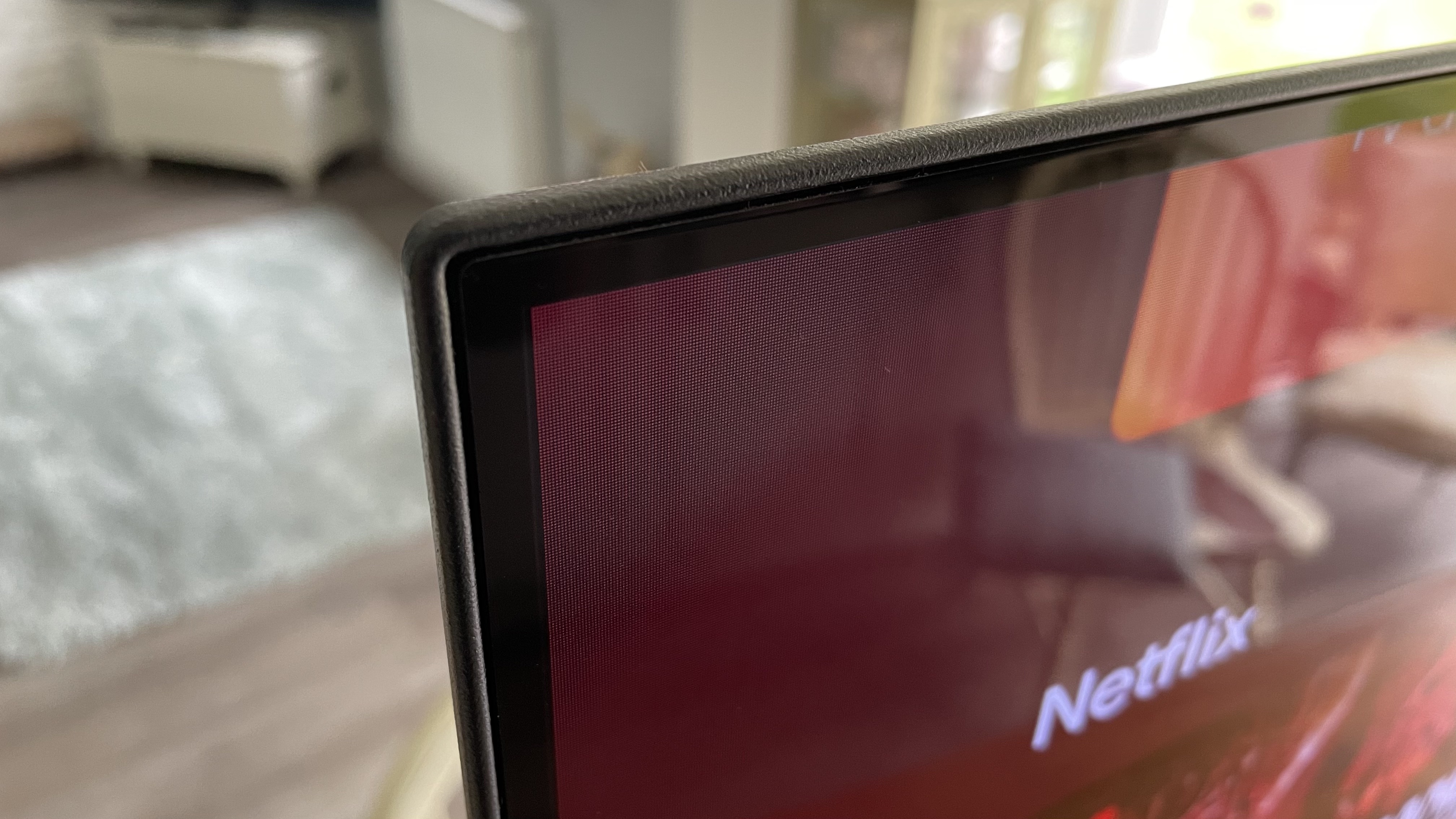
Philips’ tone mapping is clever enough to ensure that even the new, more intense HDR highlights don’t succumb to clipping (loss of subtle shading detail). In fact, the extra 100 nits or so more of native brightness the OLED807 finds on a white HDR window actually makes clipping less rather than more likely to occur.
The extra brightness of the EX panel doesn’t just boost the TV’s contrast and sense of HDR ‘punch’, either. Expertly marshalled by the P5 processor, it also injects even more life into Philips’ already luxuriously rich and vibrant colour palette. Bold, heavily saturated tones look explosively intense, yet such is Philips’ mastery of its colour management that apart from one or two rare over-the-top moments with the new Crystal Clear preset, the colour intensity is always matched by excellent tonal subtlety and definition. As a result, even the most richly coloured objects don’t look flattened or forced.
The moments where colour does become a little too aggressive are much less common in the latest Crystal Clear mode than they were in the previous similar Vivid mode, making it a much more usable preset right off the bat. In fact, it’s the picture preset Philips itself most wants you to use, as it gets the most benefit from all the image processing enhancements included within the P5 engine.
Philips’ long-running association with extreme sharpness and detailing is preserved by the OLED807, as it produces an emphatically 4K experience despite its relatively small screen size by today’s 4K TV standards. Especially since you can leave Philips’ Ultra Resolution feature on these days without it causing the sort of grittiness and harshness it did in years gone by.
The powerful processing works its magic well on HD sources too, adding all the necessary millions of extra pixels with impressive sharpness and colour tone intelligence.
Nor does the OLED807’s sharpness collapse when there’s motion in the frame. In fact, the clarity of motion playback if you set Philips’ motion processing to one of its most high-powered frame interpolation options is almost uncanny. A little too uncanny, in fact, to the point where it doesn’t actually look natural. Fortunately, Philips now offers two less aggressive and more movie-oriented motion processing modes, Pure Cinema and Movie, that can both deliver really very credible and immersive tweaks to 24p motion that take the edge off any panel-induced judder without losing the film’s cinematic ‘feel’ or generating lots of unwanted side effects.
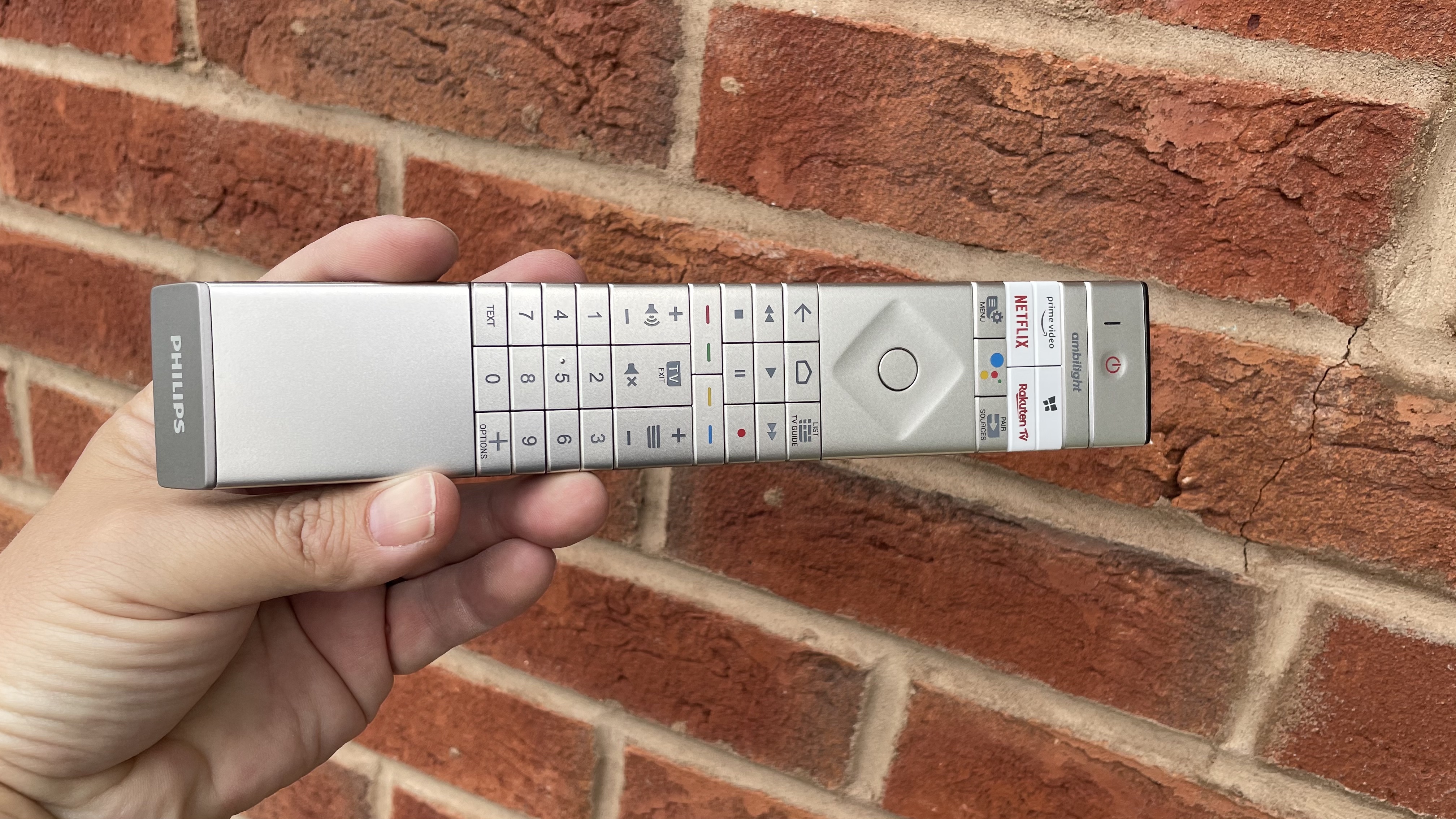
While the OLED807’s pictures are better out of the box than those of its predecessor, we still strongly recommend that you delve into its extensive array of picture tweaks to get the very best out of it. Turning off all noise reduction is recommended for native 4K content, for instance, and is usually a good idea with decent-quality HD sources too.
You need to manually choose one of the recommended motion processing options - or turn it off entirely - unless you’re using the Filmmaker Mode (which turns motion processing off by default), and unfortunately we’d also suggest you turn off the new Ambient AI features, as while these work okay in a bright room, they tend to make the picture too dark if you’re watching the TV in a dark room.
The Crystal Clear mode also benefits from gentle downward nudges of its default colour and sharpness settings, while the HDR Personal mode can be made a little more exciting by increasing its brightness and colour intensity a little. In fact, when push comes to shove all of the OLED807’s presets benefit from a degree of tweaking if you can face it; more so than with the presets of other brands.
To reiterate, though, the absolute need for tweaking is less than it was on the previous OLED806, and the level of it needed is reduced. Plus, most importantly of all, the results of your efforts with the OLED807 are nothing short of spectacular, with marked improvements in colour, brightness and shadow detail over the best efforts of the already much-loved OLED806.
Philips OLED+807 review: Sound Quality
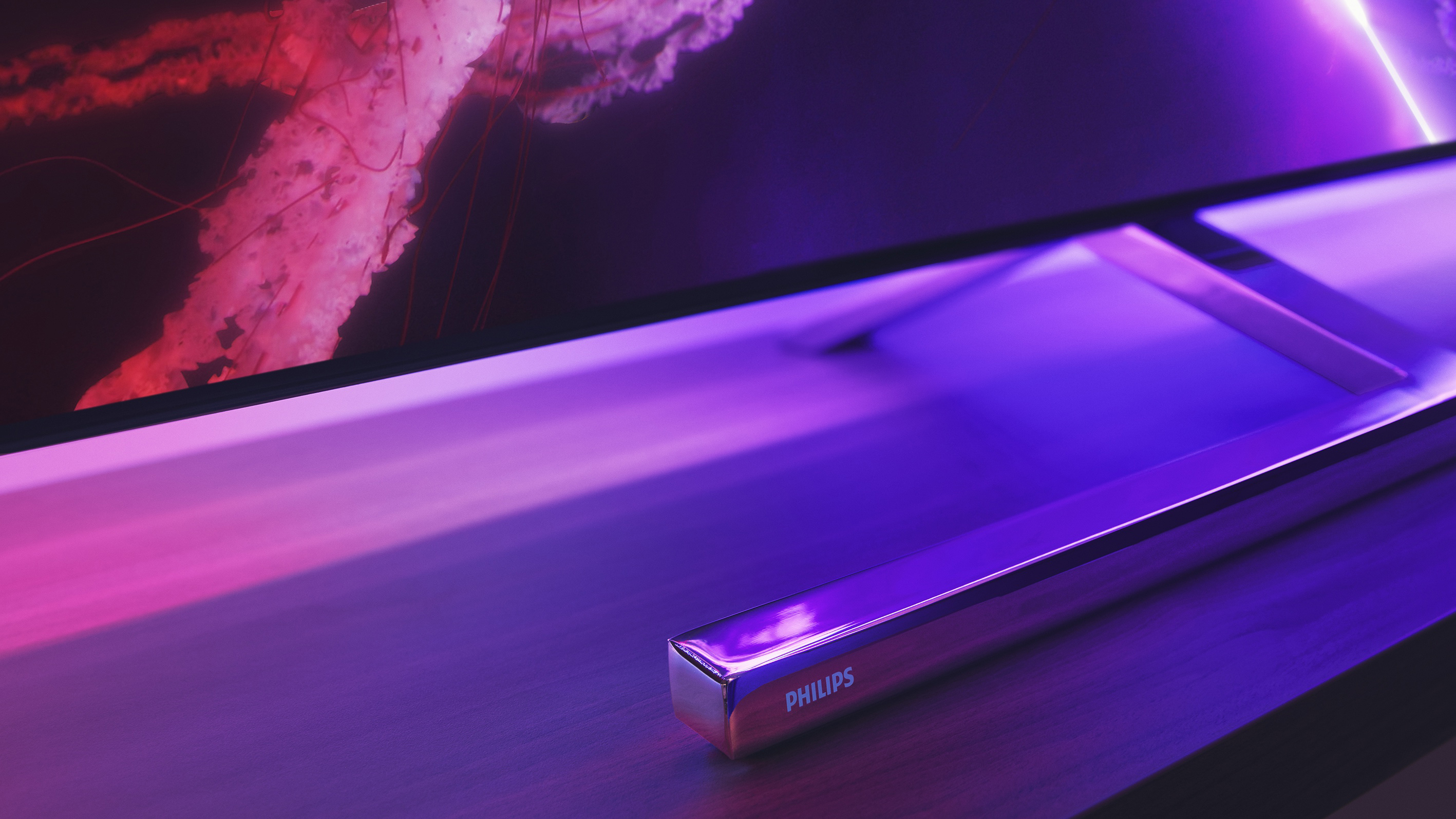
The 2.1-channel sound setup in the OLED807 does not benefit - directly, anyway - from Philips’ successful working relationship with UK hi-fi brand Bowers & Wilkins. That doesn’t stop it from sounding seriously good, though.
The main left and right speakers are both sensitive and expressive enough to produce excellent detail and clarity even during dense soundtrack moments without becoming overwhelmed or crowded, while the built-in bass driver adds some impressively low depths to the main speakers’ already quite open mid-range.
Dialogue is well positioned and always clear without sounding short of context, and the impressive 70W of power Philips has placed at the OLED807’s disposal helps the set project its sound far beyond the physical boundaries of its bodywork, creating a surprisingly large and immersive soundstage.
The subwoofer can occasionally succumb to a little crackling and distortion with Hollywood’s deepest and most sustained bass rumbles, but for the vast majority of the time the OLED807’s sound, like its pictures, is exceptionally talented for such an affordable mid-range TV.
Philips OLED+807 review: Design & Usability
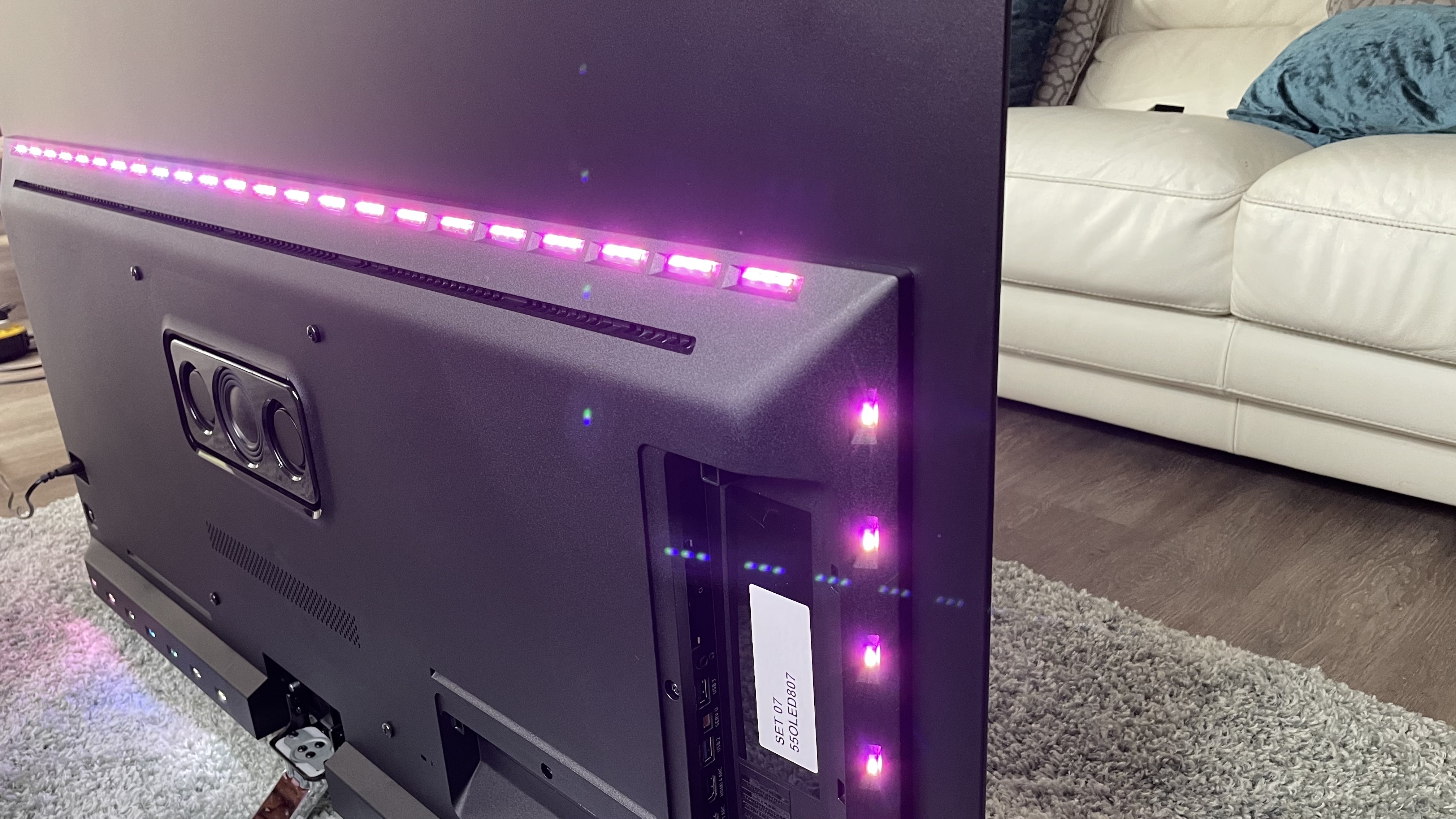
The OLED807 looks gorgeous when it’s turned off, and spectacular when it’s turned on. The ‘off’ gorgeousness is down to its stunningly minimalistic black screen frame, the gleaming high-quality metallic finish of its T-bar stand and screen backplate, and the incredible thinness - barely more than a couple of credit cards deep, really - of the screen over at least the upper third of its backplate area.
Things get spectacular when you turn the OLED807 on thanks to its support for Philips’ unique Ambilight technology. This sees LEDs range around the TV’s rear edges pumping out light that can be set to any colour you wish or, more excitingly, can track both the tone and location of the colours in whatever picture you’re watching. Set to a relatively mild level when it comes to brightness and the responsiveness of its changes in image content, Ambilight can make the viewing experience both more relaxing and more immersive. As well as being very handy for making friends upset at how drab their non-Philips TVs suddenly look.
Philips has extended the usefulness of Ambilight in 2022, too, by partnering it with a new Aurora system that can replace the usual boring black ‘standby’ screen with a selection of videos and photos, all backed up by Ambilight’s light show.
The OLED807 isn’t exactly the most user-friendly TV in town though. While its Android TV smart interface runs stably and fairly slickly by Android standards, its design can still feel a bit overwhelming and dictatorial. It also doesn’t harmonise particularly ergonomically with the TV’s setup menus, and those menus when you get to them are huge and, initially at least, intimidating.
We do kind of admire Philips in one way, though, for giving users access to pretty much every last corner of its processing options through these menus, and the absolute need to familiarise yourself with them is at least reduced versus the older OLED806 models.
Philips OLED+807 review: Verdict
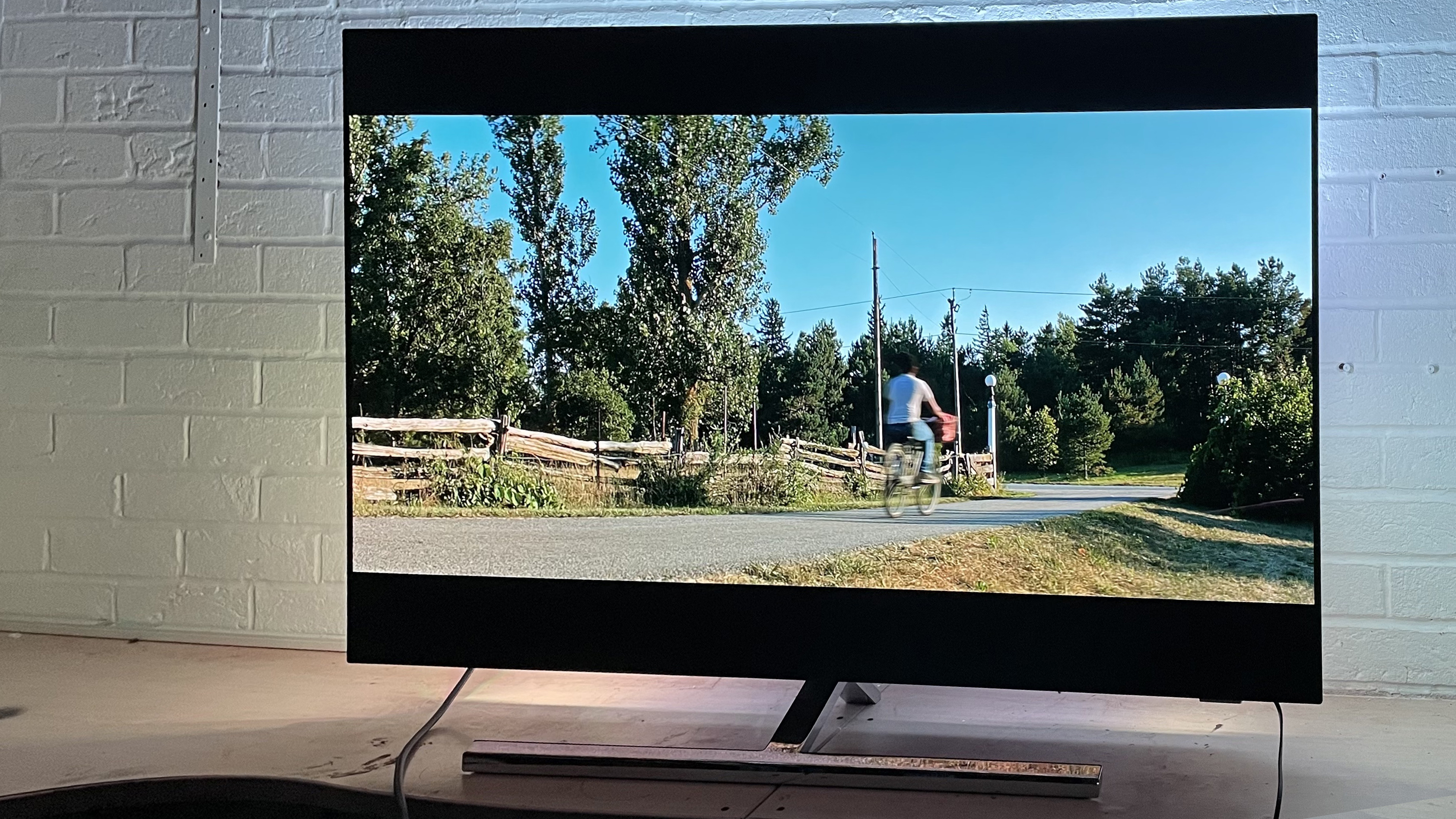
It’s hard to see what more anyone could want from the OLED807. It’s one of the 2022’s best-looking TVs, especially with Ambilight strutting its stuff.
Its picture quality improves over that of its predecessor, and comfortably holds its own against other similarly pitched OLED TVs. Its sound quality is arguably the best in its class too.
And perhaps best of all in these financially challenging times, it’s seriously affordable for something that offers so much quality. As sensibly-priced OLED TVs go, Philips has an absolute stunner on its hands.
Also consider
Looking for a stunning OLED panel with a fully built-in soundsystem? Then the pricier Panasonic LZ2000 could be your answer. No, it doesn't feature Ambilight, but it's an extremely impressive top-end panel that's also worthy of contemplation.
Sign up to the T3 newsletter for smarter living straight to your inbox
Get all the latest news, reviews, deals and buying guides on gorgeous tech, home and active products from the T3 experts
John Archer has been testing TVs and AV gear for over 25 years, having worked on Home Cinema Choice magazine. He's a contributor to Forbes, TechRadar, Trusted Reviews, Wired and many more places – if you've owned a TV in the last couple of decades, John's probably reviewed it somewhere. He's seen so many hot new technologies come and go, like tears in the rain.
-
 Polar’s new subscription feature lands in the shadow of Garmin’s Connect+ rollout
Polar’s new subscription feature lands in the shadow of Garmin’s Connect+ rolloutPR genius or timing disaster? Polar’s new Fitness Programme adds adaptive training to its ecosystem
By Matt Kollat Published
-
 New Orient Star watches offer a glimpse of the magic within
New Orient Star watches offer a glimpse of the magic withinThere are two new skeleton pieces
By Sam Cross Published
-
 Netflix's most surprising 100%-rated sci-fi series returns with gorgeous trailer
Netflix's most surprising 100%-rated sci-fi series returns with gorgeous trailerLove Death + Robots is back for more
By Max Freeman-Mills Published